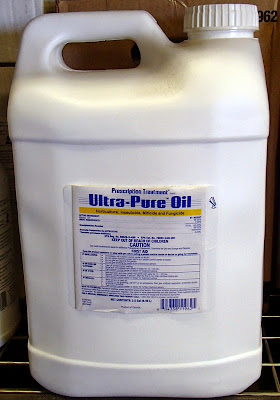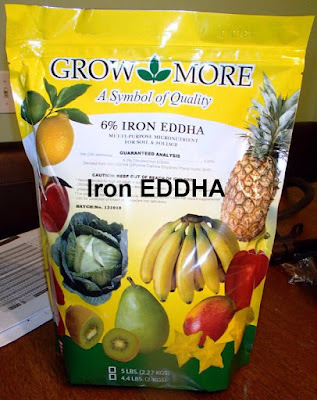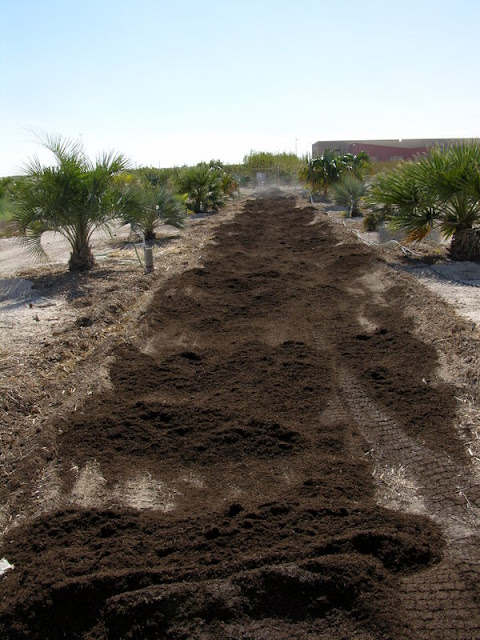Viragrow Composts are "Rich" Composts
Viragrow Composts...all three of them...are considered "rich composts". Thats not true of all composts. Viragrow compost is unique in that regard. They are full of plant nutrients.
- Viragrow Compost (aka, 166)
- Viragrow Premium Compost
- Viragrow "Organic" Compost (aka, Vegan)
The Viragrow Compost, for instance, contains about $140 of plant nutrients if you were to buy them seprately from the compost. That is, they contain a lot of nutrients because of how they are made and the ingredients used.
In the case of fruit trees, amending the soil around plant roots with Viragrow Compost at planting time may mean no additional fertilizer is needed for two years after planting!
 |
| Viragrow Compost (aka, 166) contains about $140 in plant nutrients in each cubic yard |
Not all Composts are "Rich"
For instance, the Viragrow Compost contains about $140 of plant nutrients in each cubic yard if you were to buy the plant nutrients as fertilizers separately. Other composts may work well as a soil amendment but they will not add this amount of "fertilizer" to the soil. Plants respond to these plant nutrients by growing faster, larger and darker green.... full of nutrients.
 |
| Viragrow's "Organic" Compost (aka Vegan) is made without any animal products or by-products. |
Compost is a Slow Release Fertilizer
The plant nutrients in compost are "slow release"... they are released slowly over time as the compost "dissolves" into the soil. Eventually these nutrients are exhausted, along with the compost, and more compost needs to be applied. It depends on the plants but more may need to be added once a year or less often. Mineral fertilizers may need to be added several times a year with other composts.
 |
| Water dissolves plant nutrients in the compost and makes these nutrients available to plants. We know it as "compost tea". |
Adding Compost Does Not Change Soil Volume
Adding compost to a soil may make the soil volume larger for a short time but eventually the soil settles and returns to its normal volume. The soil becomes darker because of all the "organics" left behind in the soil. That's a good thing. The darkness is a healthy visual indicator that you are bringing "life" into the soil. A healthy soil means healthy plants.
 |
| All of the composts and soil mixes are tested in Viragrow's Garden area at our yard. These vegetables are not fertilized for about three months after they are started. |
Different Plants Require Different Amounts of Compost
It is important to "feed" plants with the right amount of nutrients so they are not over or under fed. Plant feeding has much to do with how deep their roots are and how quickly they produce what you want.
Underfeeding plants gives you small amounts of growth and production. Large amounts of compost may damage or overstimulate plants into "luxury consumption" where they may not be healthy and withstand harsh desert conditions.
Type of Plant How Often Fertilizer How Often Compost
Vegetables Monthly Once
Lawns Every 6 to 8 weeks Twice a year
Fruit Trees Once or twice a year Every two years
Landscape Trees Once a year Every two years
and Shrubs
Roses and Four times a year Twice a year
Flowering Shrubs









.JPG)
.JPG)

-001.JPG)
































-001.JPG)



